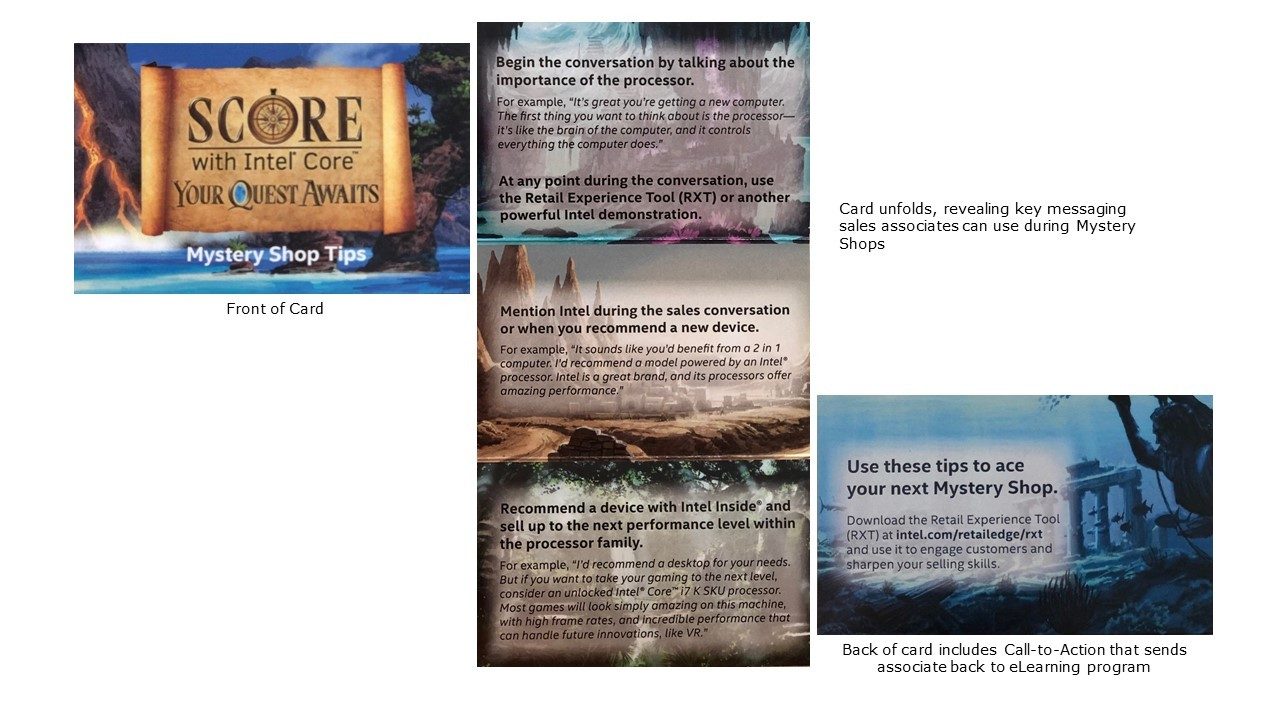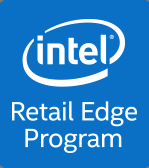Mix Up Your eLearning Training With Tangible Items
Blended learning differs from the traditional classroom experience and is structured to set it apart from the more familiar use of online training to supplement live, instructor-led sessions. These are unique strategies that ensure the eLearning program becomes the kind of instructional model that benefits both the organization and the participant. Keeping your eLearning audience engaged and on track requires a bit of ingenuity, a variety of experiences, and, especially with adults, a full measure of fun. Fortunately, when it comes to developing a training program, launching a sales campaign, or reinforcing eLearning, there are ways to mix up how the content is delivered so that the experience is more natural, enjoyable, and effective.
Injecting variety into an eLearning training module or campaign helps engage your audience, reinforce your concepts, and improve your audience’s understanding of the subject. Although I term them "tricks," they are sound instructional tools that raise the bar for achievement and lead to success. Some of them even serve as stand-alone learning vehicles.
Tactics To Enhance The eLearning Experience
I’m talking about incorporating simple physical tricks in the form of tangible materials that help drive home your message and serve as supplementary Calls-To-Action. When eLearning is available to participants 24-7, these physical materials promote real interaction, discussion, or competition, and offer an incentive to return to your website to learn more.
There are real cost-effective benefits to derive by employing this type of blended learning. Some of the simple tools suggested can be reused, while others are designed for single or short-term use. Most tangible items should be adapted to serve as reference material or for long-term, evergreen use.
These materials are durable, help to graphically present a message, are simple to explain and employ, and tie back to the eLearning training campaign.
Benefits include:
- Reinforces key messages in the audience’s mind
- Enhances learning on their own
- Adds fun to the learning/training experience
- Stimulates participant engagement
Let’s dive into some examples.
1. Code Cards
A distinctive code card communicates an eLearning campaign or promotion and can serve as a strong Call-To-Action to drive participants back to the website and the eLearning program. These cards have serial numbers, usually four to six characters in length. The numbers can be unique or sequenced, such as XYZ group gets this number or sequence of numbers.
In our program, code cards also allow us to see how successful our field reps are in promoting the training program. The serial numbers can be used to track back to those that are promoting a specific training campaign in a specific region. By knowing which sequence of codes are given to a particular field rep, you know how successful any one individual is in pitching the training program based on the number of codes redeemed in a specific area.
For participants, code cards can incorporate a key message, lead to a timed pop quiz, be the pathway to a new lesson, take the participant to a new landing page, or deliver any number of unique experiences.
Design a card with a one-time use code unique to each person. Include a message that invites the participant to act; for instance: "Enter this code to complete a pop quiz and earn X." The reward might be an instant prize or a chance to be entered into a drawing. Think about other possibilities that are pertinent to your training program and industry.
2. Scratch Cards
Scratch cards can be a bit more challenging to make pertinent to the learning experience, but they have a unique ability to promote engagement among a group. It's hard to remain uninvolved when others are actively scratching and claiming prizes, even if the prize is only a correct answer!
Each card might have a question; the object would be to scratch off the right answer. In a group setting, each person tends to scratch everything off, making this an intriguing learning experience that can spark lively discussion.
Another way to use a scratch card with eLearning is to have an "Instant Win" scratch-off that sends learners back to the website to answer a question and claim a prize for the right answer.
3. Trading Cards
Remember the fun of trading cards with childhood friends and the way those cards quickly involved everyone in a common purpose? They still have that effect, and they are highly motivating when part of a themed promotion. The goal is to collect cards, trading them with other participants to collect an entire set, or find a single rare, valuable card.
Each card might have a unique serial number tie to a particular product, principle, or key strategy. Design the game so that participants earn points for each card collected with a special bonus for the highest number of points. Reinforce the physical trading cards with online representations to boost the training campaign’s competitive nature and allow participants to see the cards they’ve collected.
4. Flash Cards/Messaging Badges
These are more likely to be considered reference pieces rather than study guides or collectibles, but they can be equally structured to have an interactive, competitive edge. They are best used to help individuals remember a message or a single idea.
Here is an example from our Score with Intel® Core™ training campaign. The card included important messaging to use during the Mystery Shop segment of the training campaign.

An associate can quickly refer to the information, use it in a presentation, or have it available to field a question or reinforce a sales point. You might want to consider using lanyards so that the cards can be kept close at hand and readily available for reference.
Different cards might reflect various products or contain information unique to a single product, department, or concept. They are also ideal for use in role-playing situations.
5. Maps And Game Pieces
Any visual representation, such as a map or diagram, can chart a path for the learning journey you design. Ask each participant to mark their progress along that path.
The map might be an interactive, online version, or it could conceivably be in a downloadable format. Consider placing poster-sized maps in a central location, such as a breakroom, where participants can mark progress with game pieces.
Hands-on involvement reinforces learning, and the ability to chart individual and group progress toward the goal is a great way to promote buy-in. Games and active participation are instrumental in team building.
Enhance eLearning
Tangible material is adaptable and designed with a purpose that outlives an individual learning experience. Any physical piece can serve multiple purposes and can often be reused or recycled for another purpose. Items such as cards, maps, and game pieces are durable and reusable.
We’ve experienced great success when incorporating a blended approach to our eLearning training campaigns. You can banish boredom from the training experience by mixing up the learning experience to include tangible tricks to augment your eLearning campaigns. And banishing boredom is the best way to achieve critical training goals.
What tricks have you integrated into your eLearning program to help drive audience engagement and results? I’d like to hear about them.
Notices and Disclaimers
© Intel Corporation. Intel, the Intel logo, and other Intel marks are trademarks of Intel Corporation or its subsidiaries. Other names and brands may be claimed as the property of others.


